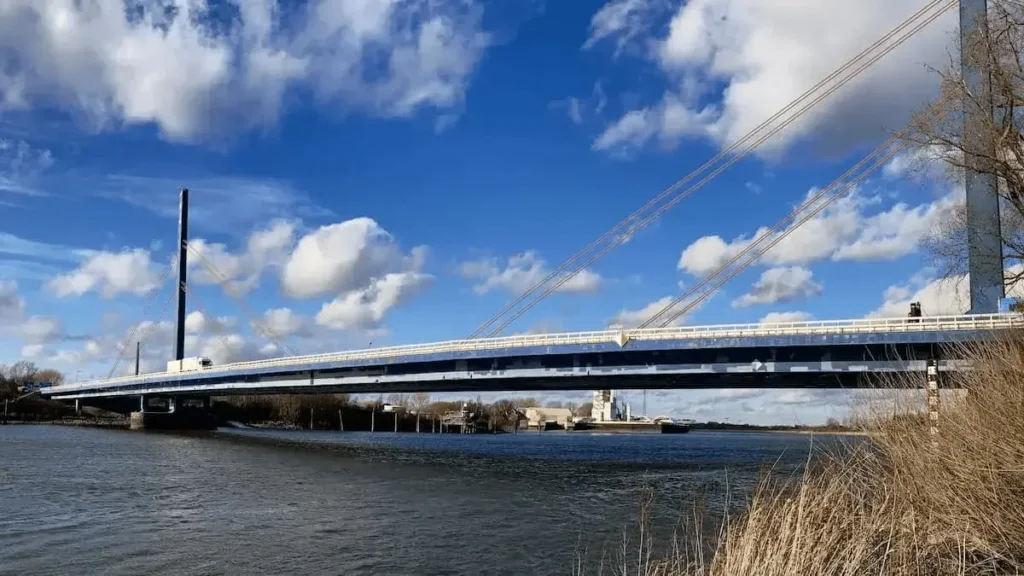The exoskeleton, also known as an external skeleton or powered armour, is becoming a popular option in the manufacture and logistics sector. This solution is still in a relatively early stage of development; however, it will definitely have a bright future in many industries.
What is an exoskeleton?
Exoskeleton is a kind of an armour mounted on the outside of the body. It is aimed to enhance the strength of the user’s muscles. It can strengthen all muscles or just some of them. Currently, we distinguish two types of exoskeletons:
- passive: they support a worker only via mechanical means such as rope or spring systems, taking a load as a kind of counterweight and converting it into energy. With a passive exoskeleton, the load can be reduced even by up to 40%, especially when lifting heavy loads.
- active: they offer additional external support thanks to engines or pneumatic systems which operate in the joints and other sensitive points on the worker’s body. Passive exoskeletons provide more support, though the price you have to pay for that is more weight and reduction in working time resulting from the battery power.
Where can exoskeletons be used?
Exoskeletons are applied in the field of medicine where they can provide support during rehabilitation. The Japanese are testing them in forestry. This solution will work in every field where the work involves lifting weights, so it perfectly fits the requirements of the manufacturing and logistics industry.
Exoskeletons are intended to contribute to improve performance but equally, their goal is also reduction in the physical load. During the order picking, a warehouse worker carries over 4,000 kg a day, so you can easily guess the impact of the work carried out for years on the joints and spine.
More and more companies use exoskeletons
Despite the price which is still fairly high, the solution straight from the film “Transformers” is becoming increasingly popular. More and more companies are deciding to use exoskeletons as they bring measurable benefits, both for workers and employers.
The Japanese have been working for years on creating exoskeletons which would assist elderly persons in moving and support younger users in their work.
A few years ago, the Koreans also recognised the value of powered armour. Daewoo Shipbuilding and Marine Engineering decided to equip the shipyard workers which exoskeletons thanks to which the workers are able to freely handle loads of even up to 30 kilograms.
In April of this year, the Geodis logistics company in Venlo (the Netherlands) decided to focus on passive exoskeletons which support workers in activities relate to lifting and carrying loads. The armours were provided the persons responsible for order picking who lift over 4,000 kg in the course of the working day. The company has already announced bringing exoskeletons to use in other warehouses.
BMW also recognised the value of this innovative solution and implemented it in a company in Spartanburg, United States.
Photo: youtube.com / Produktion



